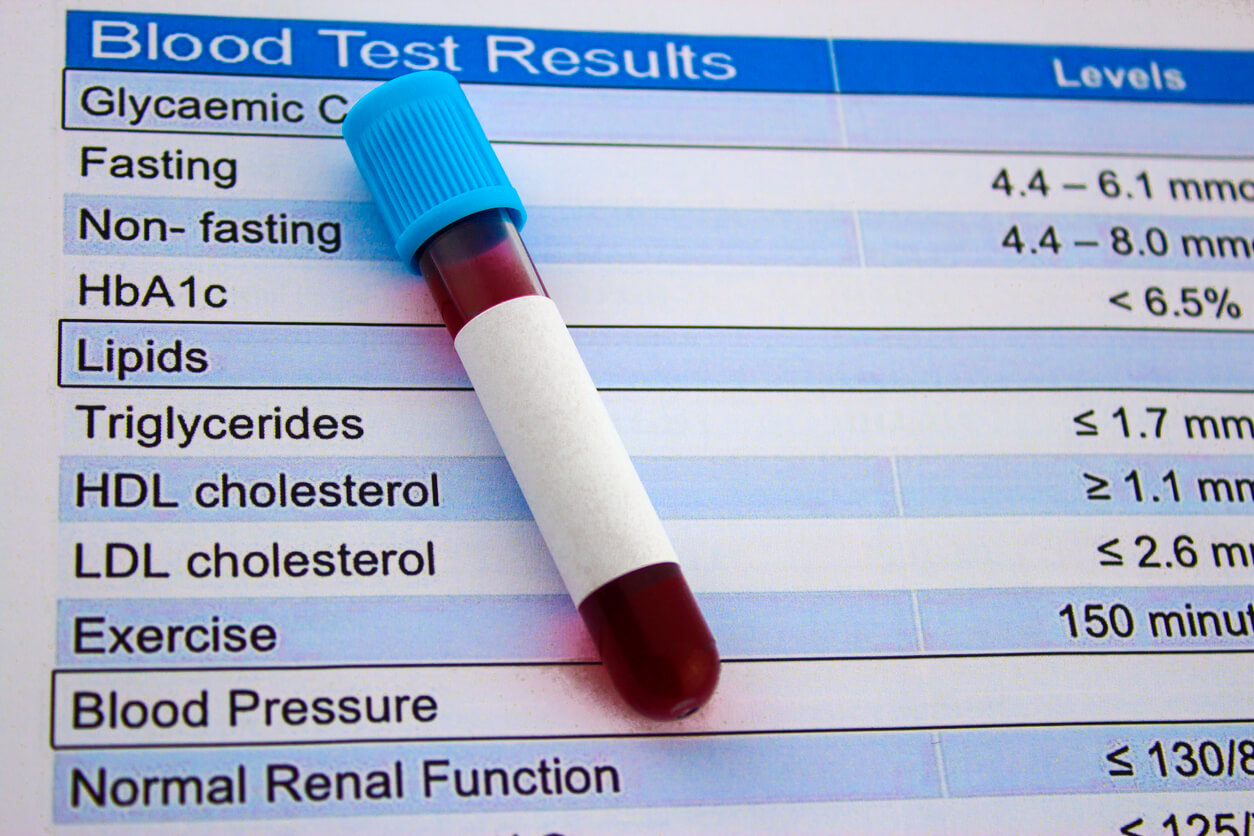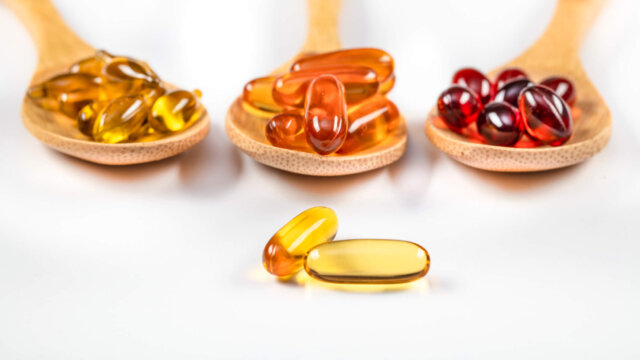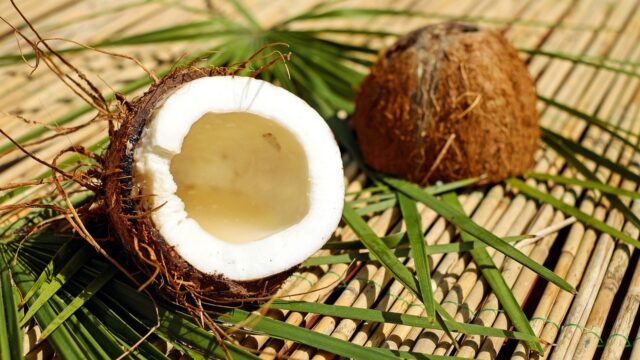FTC disclaimer: This post may contains affiliate links and we will be compensated if you click on a link and make a purchase.
Cholesterol is a type of lipid (or fat) that belongs to the steroid group and assists in various body functions.
Also, cholesterol is the most abundant steroid that is produced in the body.
We need to understand how cholesterol, lipids, and steroids are interrelated.
What is Lipids?
Lipids are fat-like substances that are involved in different roles in the human body. It is found in your blood and body tissues.
Normally, your body requires a small number of lipids to function properly.
However, there is a common misconception that fat is bad. But, the truth is that without fat, we won’t survive.
Fat acts as a fuel for our body that makes our metabolic process efficient and healthy.
Chemically, lipids are molecules composed of carbon, hydrogen, and oxygen and it is a source of high energy.
Additionally, lipids are insoluble in water.
What is the function of lipids in your body?
Lipids in your body perform three important functions:
- Serve as structural components of cell membranes.
- Function as an energy storehouses
- Serve as important signaling molecules (Cells communication and coordination)
Types of Lipids
There are mainly three types of lipids:
- Triacylglycerols (also called triglycerides)
- Phospholipids
- Steroid (Cholesterol is the best-known steroid)
What are steroids?
Steroids are chemicals, often called hormones, which our bodies produce naturally.
Moreover, steroids help in the functioning of organs, tissues, and cells.
The most common types of naturally occurring steroid (or hormones) are:
- Cholesterol
- Cortisone
- Testosterone (Sex hormones)
- Estrogen (Sex hormones)
Also, steroids are available as lab-made or made-made medicines.
The most common human-made steroid are:
- Corticosteroids
- Anabolic-androgenic steroid
Moreover, sterols come under steroid, and cholesterol belongs to a sterols subgroup.
What is cholesterol?
Cholesterol is a type of fat (lipid) found in the blood, and it comes from two sources.
It is produced by an enzyme in our body (a liver enzyme called HMG-CoA reductase), and it also comes from the food we eat.
Cholesterol is “transported” in the bloodstream by different types of lipoproteins.
The best-researched lipoproteins are high-density lipoprotein (HDL), low-density lipoprotein (LDL), and very-low-density lipoprotein (VLDL).
High LDL and VLDL (commonly referred to as bad cholesterol) cause plaque formation in the arteries.
Over time, the buildup of plaque causes narrowing of the arteries and reduces blood and oxygen flow to the brain, heart, and other organs. A high LDL and VLDL level are then considered the main cause of Cardiovascular Disease (CVD).
Is cholesterol a lipid or steroid?
Cholesterol is one of the most common steroids, which is produced in abundance. It is mainly synthesized by the liver and acts as a precursor for vitamin D.
It is also a precursor for most common steroid hormones such as estrogen, testosterone, and progesterone.
Additionally, cholesterol plays a vital role in synthesizing steroid hormones like cortisol, which plays a role in metabolism, and aldosterone, which is generally used for osmoregulation.
Further, steroid belongs to lipid group. Because of this reason, we generally use “cholesterol” or “Lipid” interchangeably.
Cholesterol and Lipoproteins
Many people know that the brain’s healthy function, heart, cardiovascular system, and most organs depend on unobstructed blood flow.
Further, deliver oxygen and nutrients and remove harmful metabolites and waste.
Unfortunately, fewer people understand that cholesterol and other fats cannot dissolve in the blood.
The cholesterol can be transported in the bloodstream by special carriers of lipids and proteins called lipoproteins.
There are several kinds of lipoproteins. The two most important ones are:
- Low-density lipoprotein (LDL), which is the major carrier of cholesterol in the blood
- High-density lipoprotein (HDL) carries one-third to one-fourth of blood cholesterol.
Other lipoproteins, such as very-low-density lipoprotein (VLDL), are often ignored but are also important in determining the level of risk for developing CVD.
Only a medical doctor trained in internal medicine can determine each of the lipoproteins’ influence on your particular risk of developing CVD.
LDL vs. HDL cholesterol
When too much LDL is circulating in our bloodstream, it can slowly build up within the arteries’ walls feeding the heart and the brain.
With other substances, LDL can form a thick, hard deposit (plaque) that can clog the arteries, a condition known as atherosclerosis.
It is essential to prevent LDL from depositing in the walls of your blood vessels because sometimes a small portion or clot of this plaque can tear loose from the blood vessel wall and then be carried away by the blood.
This clot (or thrombus) can eventually act as a plug-in an artery, blocking the flow of blood and oxygen to part of the heart muscle and causing a heart attack or blocking the flow of blood and oxygen to part of the brain, producing a stroke.
A high LDL level reflects an increased risk of heart disease, which is why LDL is often referred to as “bad” cholesterol.
Conversely, research studies have determined that HDL carries cholesterol away from the arteries and back to the liver, where it is processed. Therefore it removes excess cholesterol from atherosclerotic arteries, slowing the growth of plaque.
Therefore, HDL is known as “good” cholesterol because a high HDL level seems to protect against heart attack.
What Is Triglyceride and How Does It Relate to Cholesterol?
Triglyceride is an important part of lipid metabolism—the use of lipids within the body.
In general, triglyceride is thought to cause less atherosclerosis than other lipids, such as LDL.
Multiple studies have suggested that Cardiovascular Disease does not correspond to triglyceride levels; however, limited other studies disagree with this.
It is generally thought that triglyceride constitutes an independent risk factor for atherosclerosis in women but not in men.
There is an inverse relationship between blood triglyceride levels and HDL levels that tends to confuse the issue.
This means that when the triglyceride level tends to be increased, the HDL level tends to be lower than normal.
Therefore, an elevated triglyceride level (and thus decreased HDL level) may cause atherosclerosis indirectly.
A normal blood cholesterol level of the human body
The measurement of cholesterol levels is in milligrams per deciliter of blood (mg/dL). Let’s look into the healthy cholesterol levels by age and sex:
Age | Total cholesterol | Non-HDL | LDL | HDL |
|---|---|---|---|---|
Age 19 or younger (both male or female) | Less than 170 mg/dL (Normal) | Less than 120 mg/dL (optimal) | Less than 100 mg/dL (optimal) | More than 45 mg/dL (Desirable) |
Age 20 or older (Men) | 125-200 mg/dL (Normal) | Less than 130 mg/dL (optimal) | Less than 100 mg/dL (optimal) | 40 mg/dL or higher (Desirable) |
Age 20 or older (Women) | 125-200 mg/dL (Normal) | Less than 130 mg/dL (optimal) | Less than 100 mg/dL (optimal) | 50 mg/dL or higher (Desirable) |
You can calculate non-HDL from total cholesterol minus your HDL number. It also includes other lipoproteins like VLDL.
Outlook
The body needs cholesterol for proper functioning of the body, and it is also the most produced steroid in our body.
If you reduce dietary cholesterol intake from the outside, then the body will produce more cholesterol.
To maintain good cholesterol levels, you need to avoid dietary cholesterol consumption from processed foods, simple carbohydrates, and sugar.
Also, when we combine simple carbohydrates and sugar with saturated fats, then it gets worse.
Too much bad cholesterol and triglycerides can lead to harmful side effects, including heart disease. Regularly check with your doctor to understand your cholesterol level.


![14 Effective Home Remedies for Cough [Ultimate Guide]](https://healthyious.com/wp-content/uploads/2020/01/14-Effective-Home-Remedies-for-Cough-Ultimate-Guide-640x360.jpg)





